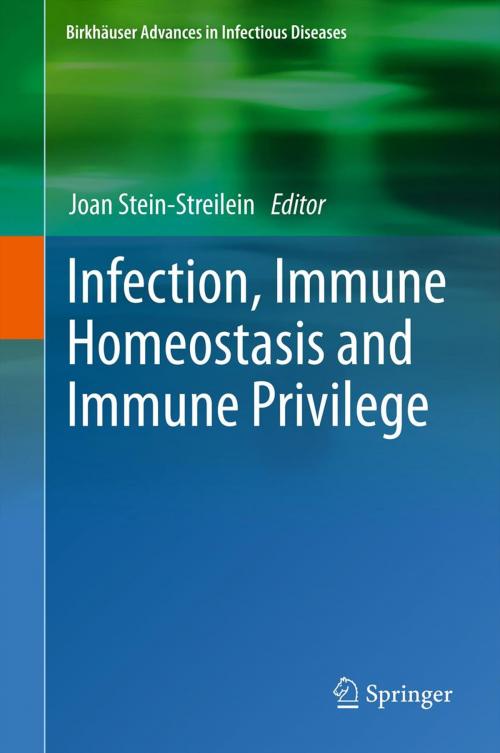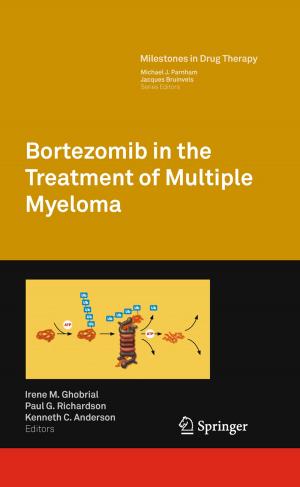Infection, Immune Homeostasis and Immune Privilege
Nonfiction, Health & Well Being, Medical, Medical Science, Microbiology, Science & Nature, Science, Other Sciences, Molecular Biology| Author: | ISBN: | 9783034804455 | |
| Publisher: | Springer Basel | Publication: | July 3, 2012 |
| Imprint: | Springer | Language: | English |
| Author: | |
| ISBN: | 9783034804455 |
| Publisher: | Springer Basel |
| Publication: | July 3, 2012 |
| Imprint: | Springer |
| Language: | English |
Organs and tissues that can tolerate little or no inflammation have developed multiple overlapping mechanisms of immune protection in the absence of inflammation. These areas have been designated “immune-privileged sites” by Peter Medawar and include the central nervous system, eye, reproductive tract, testis and possibly the liver. Mechanisms of immune homeostasis found in less immune-regulated organs are often evident in the immune privileged sites and vice versa. It is important that the non-inflammatory mechanisms that contribute to immune privilege allow host defense against infectious organisms.
This volume highlights the mechanisms leading to immune privilege in tissues and organs, the deviation of immune responses and the modification of the behavior of the immune cells that manage to cross the blood barriers of tissues, in the context of infection.
Organs and tissues that can tolerate little or no inflammation have developed multiple overlapping mechanisms of immune protection in the absence of inflammation. These areas have been designated “immune-privileged sites” by Peter Medawar and include the central nervous system, eye, reproductive tract, testis and possibly the liver. Mechanisms of immune homeostasis found in less immune-regulated organs are often evident in the immune privileged sites and vice versa. It is important that the non-inflammatory mechanisms that contribute to immune privilege allow host defense against infectious organisms.
This volume highlights the mechanisms leading to immune privilege in tissues and organs, the deviation of immune responses and the modification of the behavior of the immune cells that manage to cross the blood barriers of tissues, in the context of infection.















